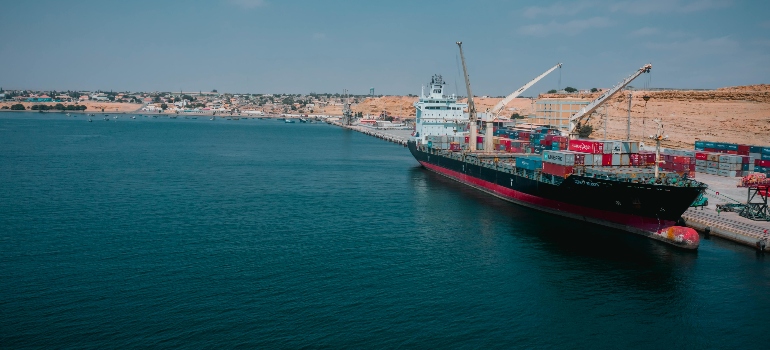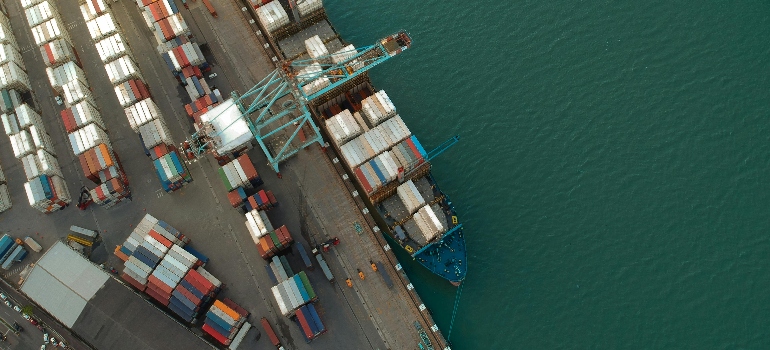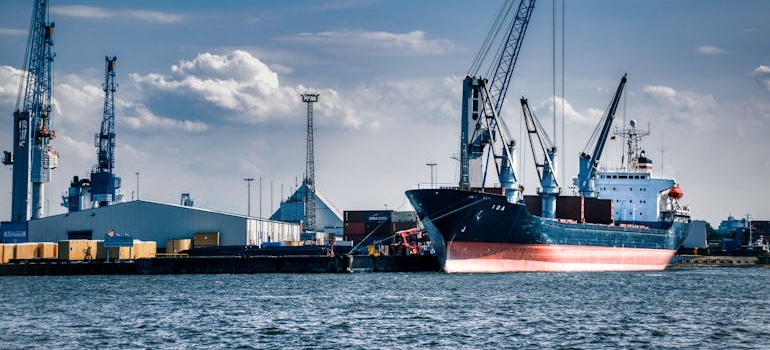How to Deal with Shipping Through Smaller Ports
Let's TalkShipping through smaller ports can offer distinct advantages, including reduced congestion and potentially lower costs. However, it also comes with its unique set of challenges. This guide outlines key strategies to ensure successful operations when utilizing these ports. Understanding the specific dynamics of smaller ports can lead to more efficient and effective shipping solutions.
Research and Planning: Setting the Stage for Success
Research and planning play a significant role when shipping through smaller ports. Start by researching to identify smaller ports that can accommodate your cargo, taking into account each port’s capabilities and limitations. This step helps avoid problems later in the process. Evaluate the port’s infrastructure and facilities, considering factors like dock size, equipment availability, and operating hours.
Plan your shipping route and schedule to align with the port’s operational times. Accurate planning helps prevent delays and unexpected costs. Set a realistic budget that includes potential extra expenses unique to smaller ports. Efficient planning and thorough research pave the way for a successful shipping experience. Working with a logistics company in Virginia can help gather all necessary information and resources. Good preparation leads to smoother operations and fewer surprises, saving time and money and making your shipping process more efficient.

Logistical Considerations: Navigating the Challenges
Logistics can be more complex when dealing with smaller ports. One major consideration is the potential lack of direct shipping routes. Smaller ports often serve as feeder points, requiring transshipment through larger hubs. This can introduce delays and additional handling risks. Careful route planning and selecting reliable shipping partners with experience in smaller ports can mitigate these issues.
Another logistical factor is the port’s capacity to handle various types of cargo. Verify whether the port can accommodate your specific shipping needs, whether it’s containerized cargo, bulk goods, or oversized items. Assessing the availability of warehousing and storage facilities nearby can also be crucial for ensuring the safety and integrity of your cargo.
Cost Management: Balancing the Budget
Shipping through smaller ports can be cost-effective, but it’s important to manage expenses carefully. While port fees may be lower, other costs such as inland transportation and potential transshipment fees should be factored in. Conduct a thorough cost analysis to compare overall expenses with those of larger ports.
Negotiating rates with international freight forwarding companies, and logistics providers can yield savings. Smaller ports might offer more flexible terms and better rates to attract business. Additionally, consider consolidating shipments to maximize efficiency and reduce costs. Grouping smaller shipments into a single larger one can lower transportation and handling expenses.
Explore cost-saving opportunities by looking into government incentives or subsidies available for using smaller ports. Some regions offer financial benefits to encourage the use of their ports, which can help offset costs. Additionally, implementing technology to optimize routes and streamline operations can result in further savings. Taking advantage of these opportunities can enhance the overall cost-effectiveness of shipping through smaller ports.

Cargo Handling: Safe and Efficient Processes
Ensuring the safe and efficient handling of cargo at smaller ports is crucial for smooth operations. Several key factors need to be considered:
Proper Equipment for Loading and Unloading
Smaller ports may not have the sophisticated equipment available at larger ports, so it’s essential to verify the availability and condition of necessary handling tools. This includes cranes, forklifts, and other specialized equipment suited to your cargo type. Ensuring that the equipment is well-maintained and adequate for the job is the first step towards efficient cargo handling.
Train Staff on Handling Procedures
Workers should be well-versed in the correct handling procedures for various types of cargo to prevent accidents and damage. Regular training sessions and updates on best practices can enhance the safety and efficiency of operations. Establishing clear guidelines and ensuring all staff adhere to these protocols can minimize risks and improve handling times.
Prepare for Potential Delays
Smaller ports can sometimes face delays due to limited resources or external factors like weather conditions. Develop contingency plans that include alternative arrangements for storage or transportation if delays occur. Regular communication with port authorities and monitoring weather forecasts can help anticipate and mitigate these delays. Keeping all stakeholders informed about potential issues and having backup plans in place ensures that operations can continue smoothly even when unexpected problems arise.
Communication and Coordination: Keeping Everyone Informed
Establish clear lines of communication with all stakeholders, including port authorities, shipping companies, and logistics providers. Regular updates and transparent communication help prevent misunderstandings and ensure everyone is on the same page.
Utilize technology to enhance communication and coordination. Implementing a robust tracking and management system can provide real-time updates on cargo status, helping to identify and address potential issues promptly. Additionally, scheduling regular meetings or check-ins with all parties involved can facilitate smooth operations and quick resolution of any challenges that arise.

Risk Management: Anticipating and Mitigating Challenges
Shipping through smaller ports can present various risks, from weather-related disruptions to operational inefficiencies. Identifying potential risks and developing contingency plans are a must for mitigating these challenges. Conduct a thorough risk assessment to identify areas of vulnerability and establish protocols for dealing with potential issues.
Insurance is another critical aspect of risk management. Ensure your cargo is adequately insured to cover potential losses or damages during transit. Working with insurance providers familiar with the specific risks associated with smaller ports can provide added peace of mind.
Developing strong relationships with local port authorities and stakeholders can also be beneficial. Local expertise and support can help navigate unexpected challenges and provide valuable insights into port operations. Additionally, staying informed about any regulatory changes or updates from the port authorities can help you stay ahead of potential issues.
Shipping Through Smaller Ports: Maximizing Efficiency and Overcoming Challenges
Shipping through smaller ports requires a strategic approach tailored to their specific conditions. Leveraging the unique benefits while addressing the inherent challenges can lead to more efficient and cost-effective shipping solutions. By being diligent in planning and flexible in execution, businesses can capitalize on the opportunities that smaller ports offer, ensuring smooth and successful operations. At Interstate Logistics, we specialize in navigating these complexities, providing tailored solutions for efficient and cost-effective shipping. Whether you’re dealing with unique logistical hurdles or seeking to optimize your shipping routes, our expertise ensures your cargo reaches its destination smoothly.
